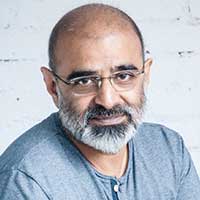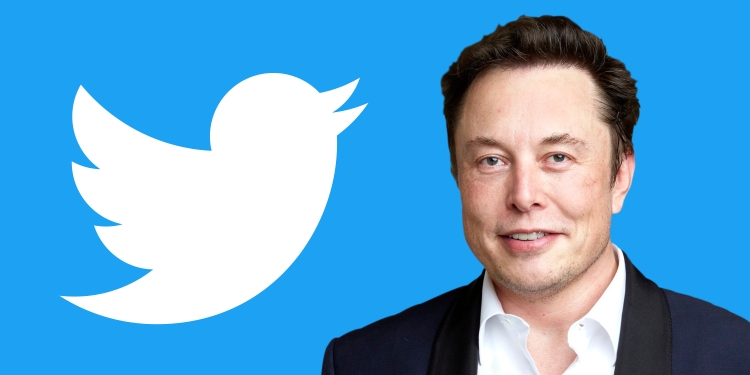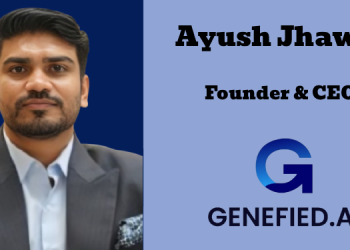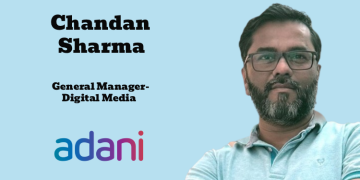Twitter, which gets a majority of revenue from advertising, has been losing ad revenue in recent times and is facing a tumultuous period. As per a recent report by Standard Media Index (SMI), advertising spend on the social media platform dropped by 70 percent in December 2022.
Another report by The Platformer reveals that Twitter witnessed a 40pc decline in its year-on-year revenue.
A new verification process, sacking of employees, modifications in its core policies and advertising guidelines — the list of changes implemented by the new CEO Elon Musk has more. In a recent development, the company is now looking out to roll out a new subscription model for its users.
With the company having lost half of its top 100 advertisers since Musk’s takeover, the real question that stands in the way is — Is a subscription model for Twitter feasible? Will users pay?

“In my opinion Twitter or for that matter any social media company can’t run a profitable business or meet market revenue targets purely based on a subscription model. Most Twitter users would happily live with advertising and may not subscribe to Twitter Blue or any other subscription model,” says Sabyasachi Mitter, Founder and Managing Director, Fulcro.
“Even Netflix had to introduce ad-supported plans in many parts of the world to fuel growth. In India, subscription-based revenue of Twitter is likely to be insignificant as Indians like everything on the internet to be free even if they are forced to see ads,” he adds.

Karan Rajpal, Marketing Director, EnableX, explains that affordability and lack of depth in market will be the two major key issues that the platform will face while looking to monetise in India.
“As Twitter is ‘lean forward’ in a sense — you participate in conversations rather than just consume the media — it’s left with a smaller cohort who will find value in subscribing to Twitter Blue. That said, the algorithmic serving of Tweets has become remarkably better in the last few quarters. Just recently, the ‘For You’ and ‘Following’ tabs have been pinned at the top, and a discerning user will clearly see it serves quality content about things they care about. If Twitter applies a purchasing power parity model to India and other emerging markets, it may just make slightly deeper inroads. Finally, the Musk shadow is very much a US phenomenon. Indian users may consume it passively, but if the platform continues to deliver eyeballs, brands here, and in the US, will come back,” he says.

Lakshmipathy Bhat, SVP – Global Marketing & Communications, Robosoft Technologies, observes, “Twitter is a daily habit or even addiction for some. As with any service, there would be a small section willing to pay for a subscription first. I see news media, brands, celebrities and those with large following such as sports teams seeing the benefits of a subscription — provided what they get extra is tangibly worth it and communicated clearly. India is perceived to be subscription-unfriendly but that could be misplaced. If there’s a value addition and the fee is reasonable there should be sizable early adopters.”

MullenLowe Lintas Group Chairperson Amer Jaleel has a slightly different opinion.
“Twitter is a katta for people too. It’s a gossip ground. The days you paid for gossip as in the film mags are far gone. Twitter is also a pedestal to stand and say your piece. Maybe you’d pay for that. I doubt it though. Some very needy individuals could want to, not all. But that is a simplistic view, not the whole truth. All this aside, I think what Musk says is never what he really intends to do. Musk’s game is never the one that seems to be playing out. He is a hyper-generative PR machine. He punches somewhere and feints somewhere. The whole logic of his acts is to build persona and charisma so he can move to the next item on his agenda and keep the world gaping. So even if he’s lost some revenue on Twitter the overall earned media for brand EM is so huge I’m sure he’ll capitalise somewhere,” he explains.

















